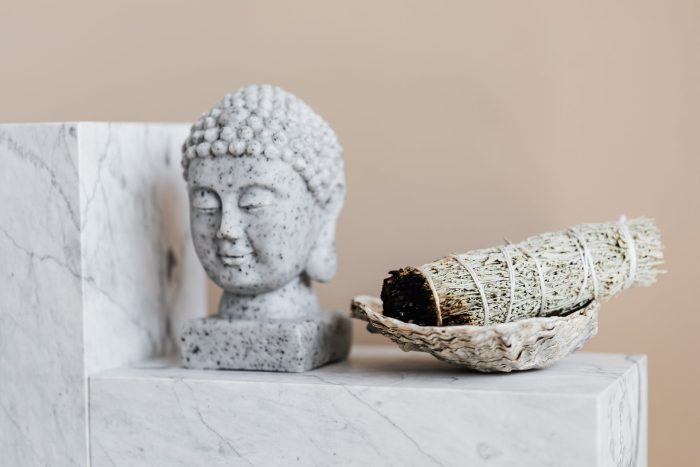“To be beautiful means to be yourself. You don’t need to be accepted by others. You need to accept yourself. When you are born a lotus flower, be a beautiful lotus flower, don’t try to be a magnolia flower. If you crave acceptance and recognition and try to change yourself to fit what other people want you to be, you will suffer all your life. True happiness and true power lie in understanding yourself, accepting yourself, having confidence in yourself.” – Thích Nhất Hạnh
I have ADHD. And during my early teenage years in the early 2000s, I was unknowingly part of what the NYTimes called the Generation Adderall, bringing me unwillingly into a journey of medications, doctors, and exploring what was working and what was not.
By the time I got to college, I was aiming to live and study without medication at all. I graduated from undergrad with two majors while meeting my goal. However, the real world with all its shiny objects is proving to be far more difficult to focus in.
After tackling hard projects and jobs with a solid self care routine, for a long time I thought I was overcoming my ADHD. I learned later that I was really starting to develop my mindfulness practice, specifically my inner witness. Mindfulness involves learning to witness our own thoughts and feelings, to observe them as they pass by, like weather or clouds moving through an open sky.
Witnessing is like getting lost on social media and then noticing it happening without judging or criticizing ourselves, just neutrally observing that our mind is wandering and choosing what to do next. This process of stepping back takes us out of being submerged in our experiences, emotions, thoughts, and sensory input into the present self-awareness.
Yoga therapists traditionally follow a Pancha Maya Kosha Model because according to yoga philosophy, we are holistic, multi-layered beings. These layers build upon each other, and in yoga are referred to as the five sheaths of our being, or the Five Koshas: the physical body, the energy body, the mental body, the wisdom body, and the bliss body.
I like to think of them like a cake, starting with the outer physical self as the topping or frosting and working inwards to the bliss body. One of the koshas is our wisdom or witness (Vijnanamaya Kosha). This kosha, or layer, encompasses developing deeper inner knowledge, discernment, and wisdom—and invites one to witness, honor, and gradually release limiting beliefs like “not being smart enough” or “focused enough”.
Vijnanamaya can be obtained with regular yoga asana, pranayama, and meditation practice. Once we can fully engage vijnanamaya kosha, we will experience a heightened peace in our lives by way of the freedom from thoughts, actions, and speech that do not serve us.
Try a short practice now by gently lowering your eyes, sitting tall, and taking three long deep breaths through your nose down into your lower belly, then exhaling out your mouth like you are blowing out a candle. Hopefully during those three breaths you were feeling fully present, alive, and aware of each inhale and exhale.
And although it is highly unlikely in our modern society to maintain this awareness 24–7, it will come in waves and over time we can become less likely to get caught up in the daily dramas of our minds. Take notice of the subtle changes, and all aspects of awareness that exemplify and further the development of an inner witness.







Read 0 comments and reply